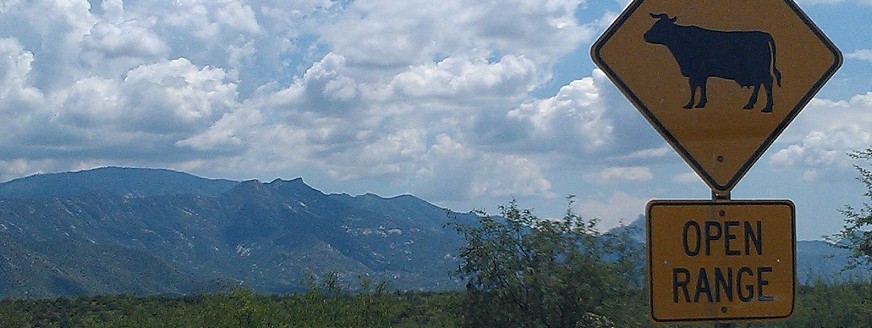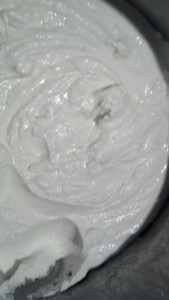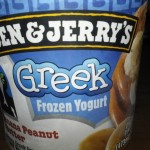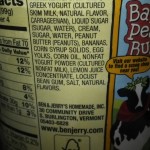There are two and only two ingredients in real, authentic Greek Yogurt:
- Raw Goats’ Milk
- Yogurt Culture
I made some of my own real, authentic Greek Yogurt this past weekend by using none other than the fine Raw Goats’ Milk that I obtained from Edgwick Farms in Cornwall New York. What I did follows and you can use this information as instructions for how you can make real, authentic Greek Yogurt from the privacy of your home without having to deal with all the additives, preservatives and other nasty tricks that “Greek Yogurt” manufacturers engage in in order to make a bigger profit, at your expense.
You can visit Edgwick Farms yourself, they are located at 348 Angola Road, Cornwall, NY. By the way, their Feta is awesome…
I took about 3 liters of raw goats’ milk and placed it into a pot and turned on the heat. Once the thermometer read 115 degrees Fahrenheit I introduced a small amount of yogurt culture into the bottom of the pot and stirred it slowly to avoid leaving any thick yogurt clumps. The yogurt which I used said “contains live cultures” on the package. After allowing it to incubate for approximately 7 hours, I noticed that very little yogurt culture thrived and I was left with a pot full of milk and very little “new” yogurt. After doing some research, I determined that this occurred because raw goats’ milk contains many naturally occurring cultures that also compete with the cultures that I introduced via an amount of already existing yogurt. So I decided to heat the milk up to 150 degrees Fahrenheit to kill some, if not most of the already existing cultures. (Most yogurt manufacturers heat their yogurt to temperatures above and beyond 185 degrees Fahrenheit, which not only kills any live cultures, it also destroys the molecular structure of any, if not most beneficial compounds present in your milk.) After heating the milk to 150 degrees, I waited for it to cool to 110 degrees and then I tried again with some more starter yogurt.
After 7 hours of sitting in the oven – my incubator, I opened the pot and to my delight saw my brand new yogurt made from fresh raw goats’ milk! I then wrapped up the yogurt in a cheese cloth and placed a bowl beneath where I hung it up to collect the whey.
After 2 hours, I opened the cheese cloth and scooped out some real Greek Yogurt. I then placed it into the refrigerator and here is what it looked like after about 1 hour:
Now, that is *REAL* Greek Yogurt! Not yogurt made from reconstituted milk or non-fat milk mixed with milk solids and powdered milk and some more “forms” of milk.
And you want frozen Greek Yogurt? How about you stick it in the freezer overnight. Don’t believe the Ben & Jerry’s hype, their yogurt is full of sugar and other things that they think the average person cannot understand like “liquid sugar”, “sugar”, “water”, and “corn syrup solids.” I’m serious, see the picture of the label below, the ingredients literally read:
- Liquid Sugar (Sugar, Water)
- Sugar
- Water
- Corn Syrup Solids
Did the chef have a hard time with that one? Mix Sugar and Water, add to yogurt. Take sugar, add to yogurt, take water, add to yogurt. Take corn syrup solid, add to yogurt. Wow, I must say, this is an amazing recipe, I only dream of being like the folks over at Ben & Jerry’s one day. Why don’t the founders go occupy some real food ingredients for a change?
Fake frozen Greek yogurt:
*Raw Goats’ milk was legally purchased from Edgwick Farms in Cornwall, New York. (see http://edgwickfarm.wordpress.com/, or find them on facebook)
Note: In the State of New York, you can only buy raw milk on the farm from a licensed raw milk farm. So that means I have to drive 2 hours each way from home in order to buy raw milk. But the milk and yogurt tastes so much better that I am more than willing to make the trip there from time to time.




John, do they ever use sheep’s milk for yogurt, as they do for feta?
I haven’t used sheeps milk yet, i have to drive further in upstate new york in order to obtain it, but i do wish to find a farm that sells sheeps milk, as i would love to try it.